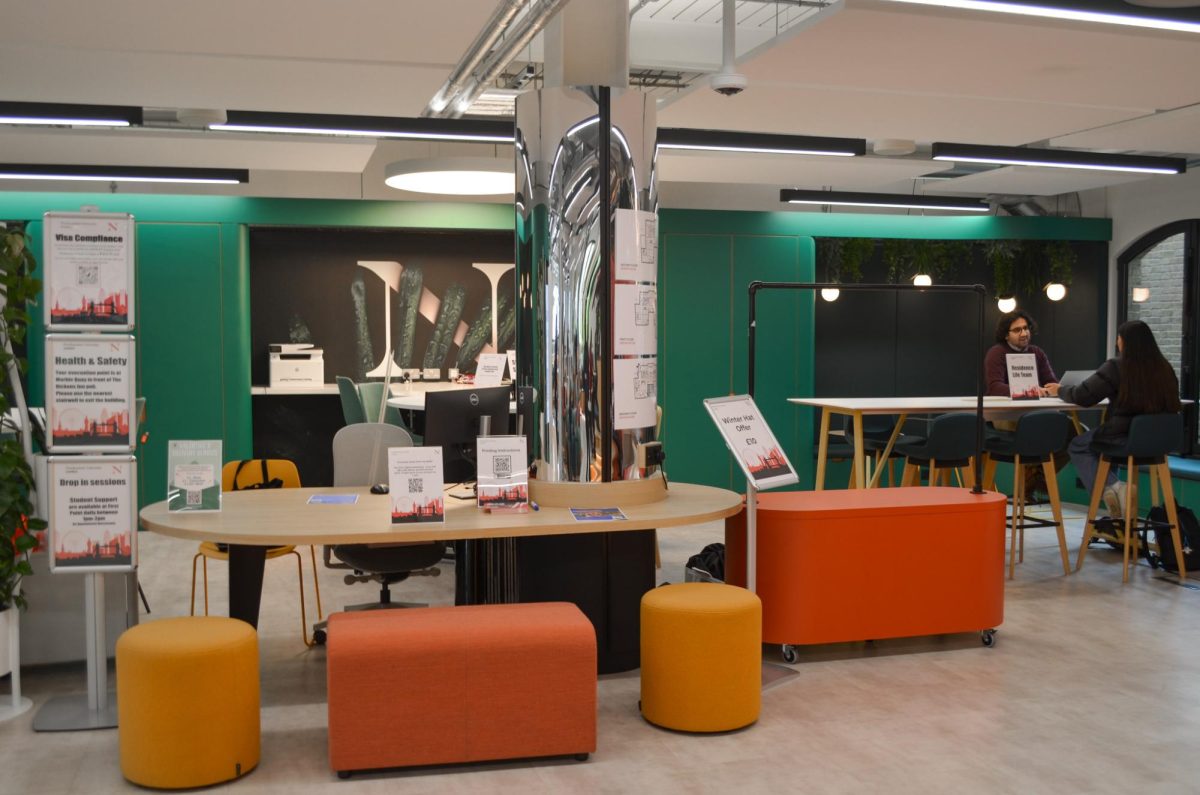Artists will tell you that combining blue and yellow yields green. However, some Northeastern water conservationists hope to get green by separating yellow and brown.
“We’re trying to get the buildings more green, more efficient,” said Mike McCarthy, a plumbing foreman in the school’s facilities department. “We’re all in that boat.”
Among the steps being taken toward a greener campus is a new water-efficient toilet, which has quietly flushed its way into a handful of campus restrooms. This commode boasts a flush valve that goes two directions: “one way is for regular- like urinating; the other way is, well, the other way, which would require more water,” said Chuck Frey, the mechanical plumbing and auto supervisor.
In my modest opinion, this is the most novel water conservation idea since the “If it’s yellow, let it mellow; if it’s brown, flush it down” slogan was coined (it’s also a welcome alternative). Steps like this need to be taken by this university, and every other institution for that matter. So, does this encouraging sign mean the school is pushing for green? Well, maybe.
Colin Ashe, a fourth-year biochemistry major and the director of policy for Huskies Energy Action Team (HEAT), said administrators have been “cautiously optimistic” about the school’s efforts toward going green, but that there is a “consensus among administrators where they know they need to worry, but they haven’t thought about it that much.”
Well, now is the time to start thinking about it. It’s worry time. I don’t mean to come off as some Al Gore clone, but I don’t think anyone who has sauntered through this lukewarm winter can argue with the effects of global warming. While the small issue of how much water is being used in our toilet flushing may seem insignificant, our generation has been saddled with the responsibility of being more careful in protecting our natural resources and delicate environment. We must rise to this challenge.
That’s why these new toilets are a big deal. Their installation shows progress. It shows the university’s desire for change. Besides, these installations are beneficial not just to the school’s image, but also its collective wallet.
“Water and energy conservation is usually an easy sell to large institutions, since it almost directly translates into financial savings,” said Jeremy Hanson, a junior political science major and co-president of Students for Environmental Action (SEA), in an e-mail interview. “Good environmental stewardship is also becoming a selling point for colleges and universities across the country, a heartening trend for the movement.”
And there’s more good news. The campus “movement” has picked up in recent years: a sustainability committee formed last year, comprising of faculty from facilities, purchasing, and health and safety. The SEA and its subcommittee, HEAT, have been directly corresponding with the committee, and facilities, which holds seven seats on the committee, has been directly handling the water conservation push.
For the past seven years, the university has been installing automatically flushing toilets with a reduced water level – 1.6 gallons per flush – in every common area except residence halls. The two-way toilets would be an improvement because they would not be prone to accidental flushing and would still use a low amount of water per flush, Frey said. Even better, these toilets have a handle that is antibacterial, suppressing the spread of germs. Yes, this is, in essence, a magic throne.
While using the john requires some light reading (directions) from users, the benefits are obvious.
“In heavy traffic areas, this could probably save a considerable amount of water over an extended period of time,” said McCarthy, the foreman who has been spearheading the installation push. “It takes a considerably smaller amount of water to flush urine than solid waste.”
At this point, the two-way toilets are in the “testing phase” and therefore only about a dozen have been installed in a handful of buildings around campus, like Ryder and Cullinane Halls. But this is just a small step in a major project, and matters like this are encouraging.
More than anything, they show that we’re not interested in just flushing our future away.









